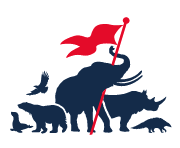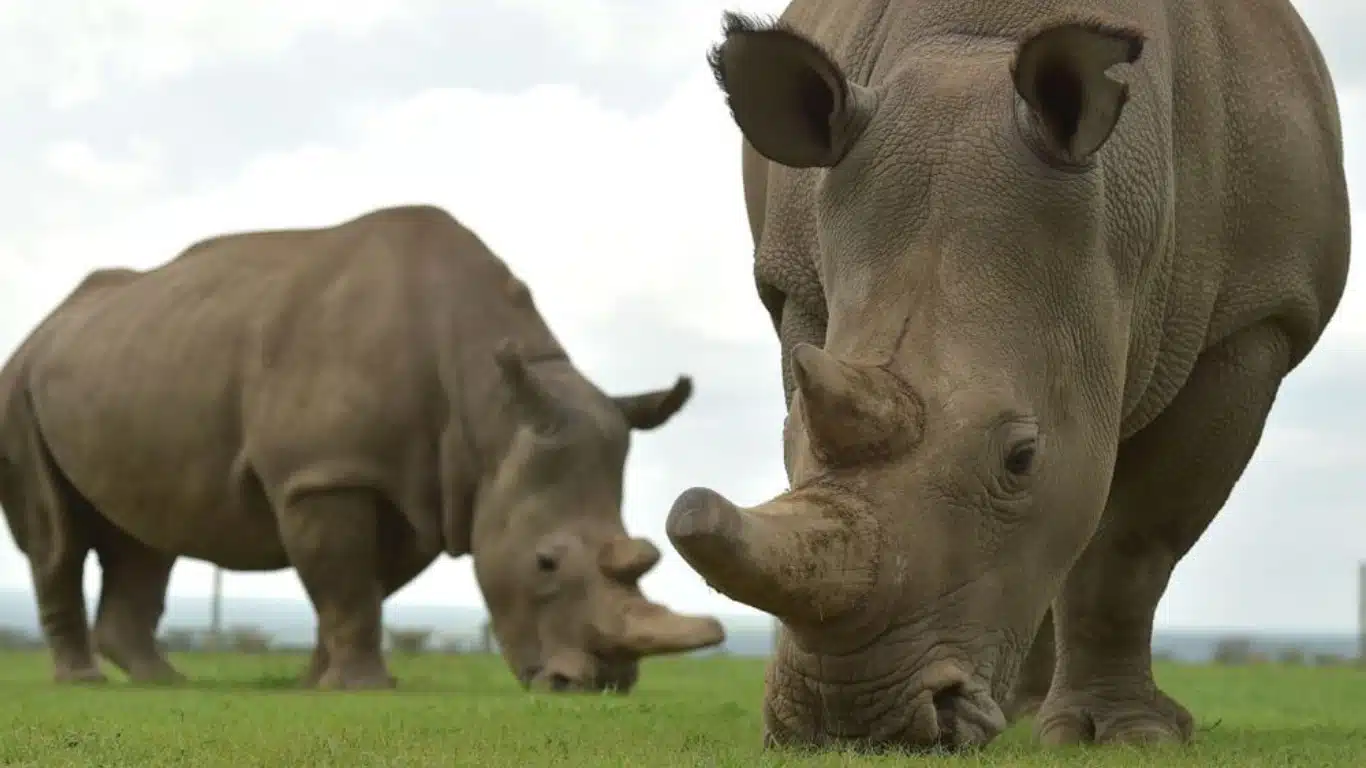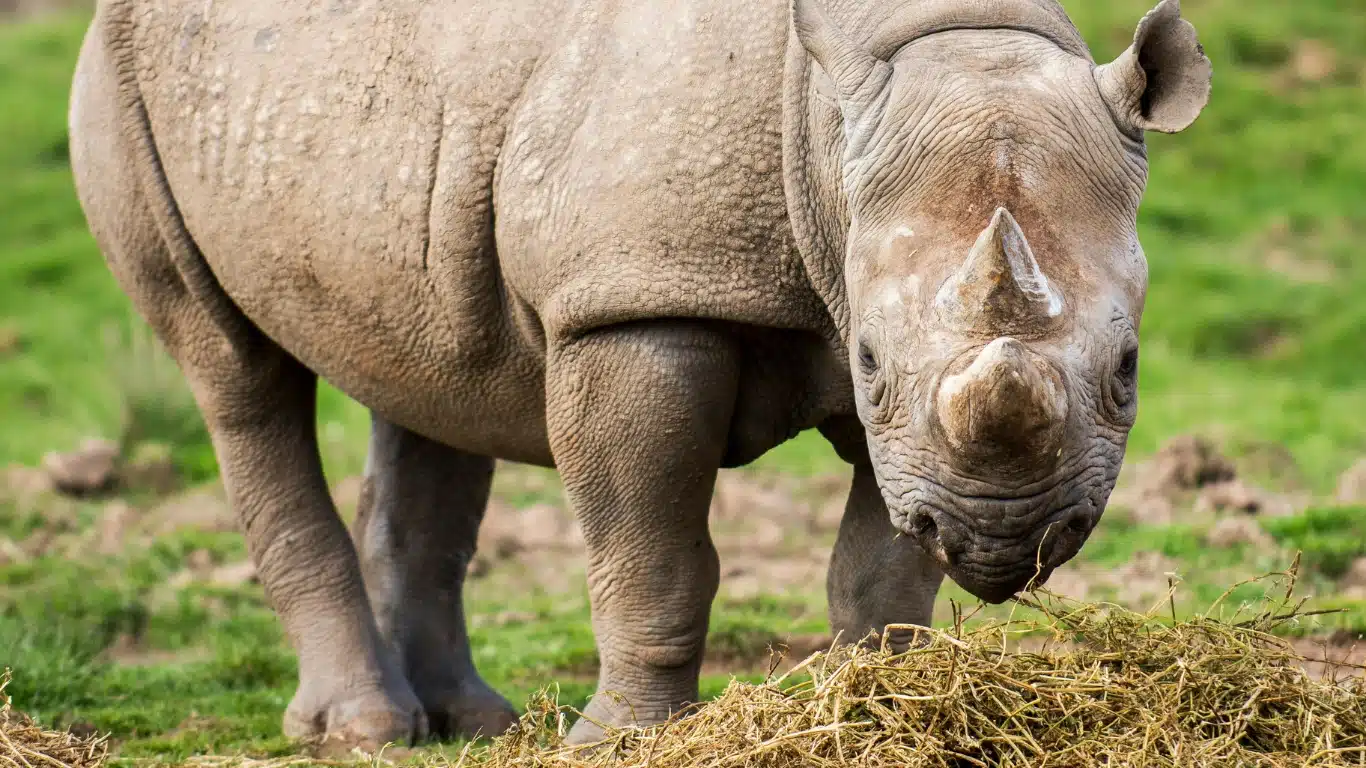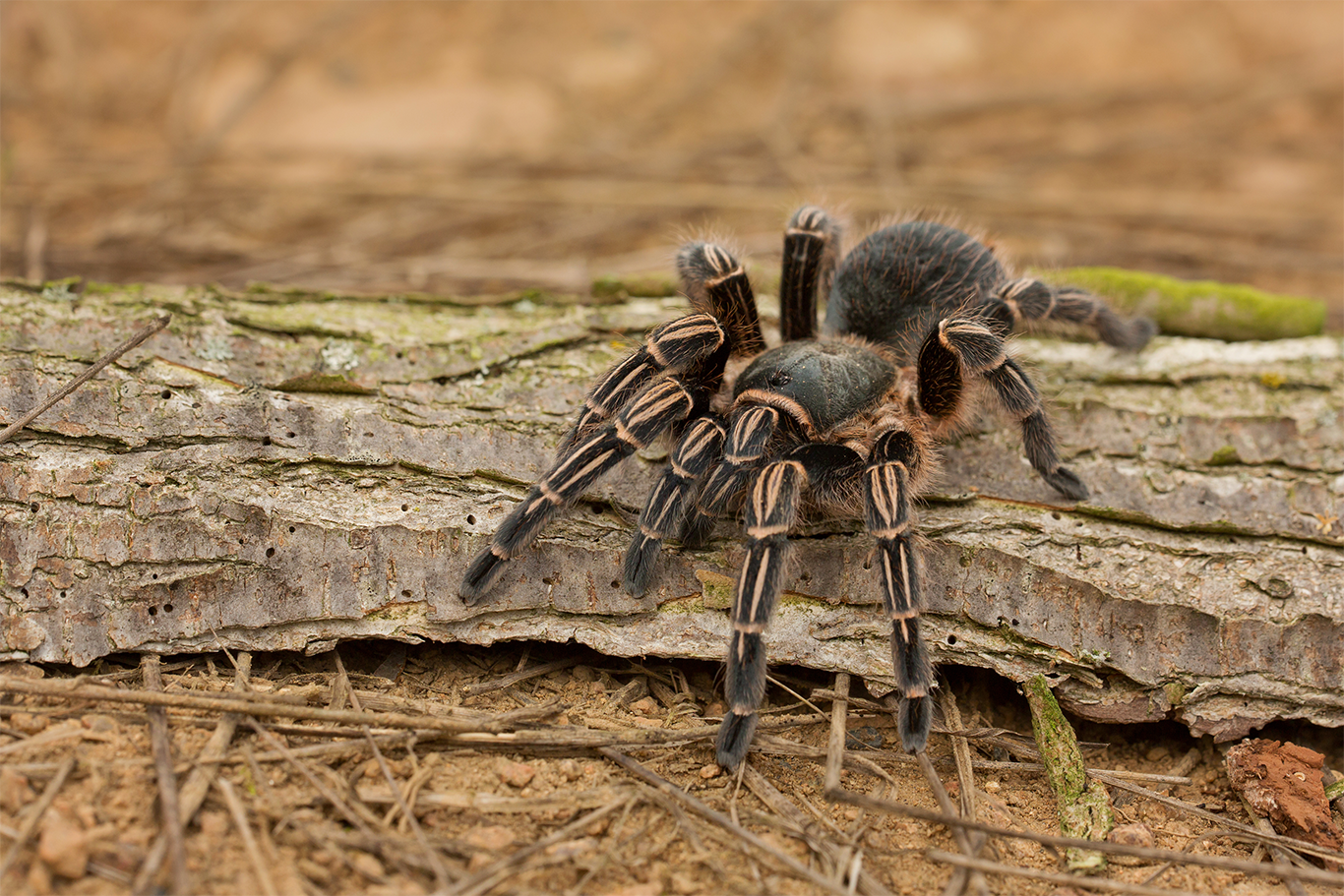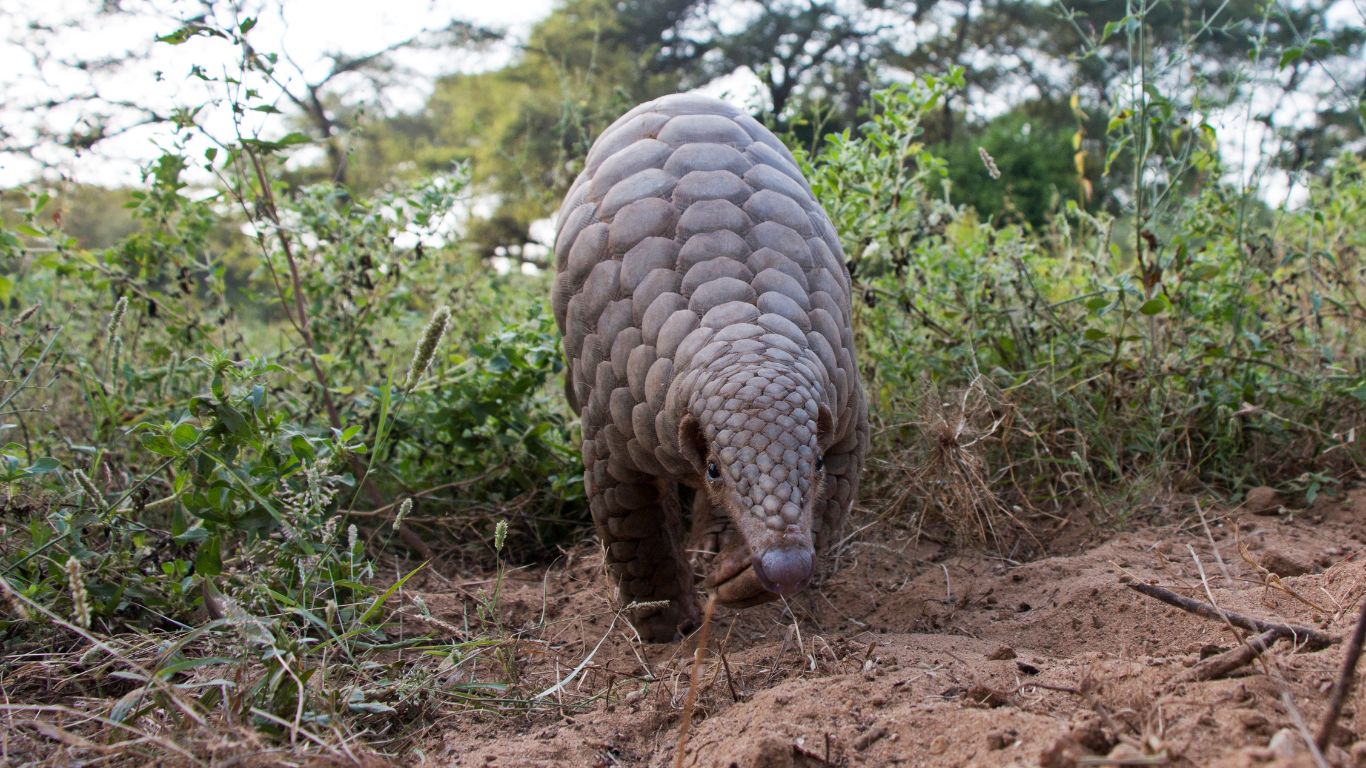Article written by Catherine Duncan
Originally published by Smithsonian Magazine (Fri, Jan 26, 2024)
Only two northern white rhinos remain, but the new reproductive breakthrough may pull them back from the brink of erasure
In a first, scientists have achieved a rhinoceros pregnancy through in vitro fertilization (IVF)—an innovative technique that could be the key to saving the northern white rhino. The critically endangered subspecies is on the brink of extinction, with a living population of just two individuals.
Researchers with the BioRescue project conducted the procedure with a southern white rhino, a closely related subspecies, by transferring a lab-made rhino embryo into a surrogate mother in Kenya.
Though the mother died seventy days into her term, after succumbing to an unrelated bacterial infection, her pregnancy has opened the door for the northern white rhino’s restoration. Tissue harvested from the embryo revealed it was the result of the IVF procedure, providing the crucial “proof of concept” that the technique could be applied to restore other rhinos, says BioRescue project coordinator Jan Stejskal to National Geographic’s Dina Fine Maron.
“To achieve the first successful embryo transfer in a rhino is a huge step,” Susanne Holtze, a scientist at Leibniz Institute for Zoo and Wildlife Research in Germany, tells BBC News’ Rebecca Morelle and Alison Francis. “Now I think with this achievement, we are very confident that we will be able to create northern white rhinos in the same manner and that we will be able to save the species.”
The northern white rhino population has been decimated amid aggressive poaching, driven by rampant demand for the animals’ horns. The only individuals left—two elderly females—live under strict surveillance in Kenya, reports CNN’s Jessie Gretener.
“This animal played a crucial role in a complex ecosystem before it got extinct for a while,” says Thomas Hildebrandt, head of the project, to the Washington Post’s Rael Ombuor and Ami Vitale. “It lived in the landscape and architecture of central Africa—bringing back the northern white rhino to this ecosystem will help to heal the ecosystem.”
But returning the species to the wild is no easy task. The last male northern white rhino died in 2018, and neither of the remaining females are capable of carrying pregnancies. Still, preserving the rhinos has rallied international support. Through IVF, BioRescue hopes to take a lab-grown northern white rhino embryo and implant it into a southern white rhino, which will carry the fetus and help repopulate the critically endangered species.
The organization’s recent IVF success was the first phase of this process and an effort that spanned years and borders. The team retrieved sperm from a southern white rhino in Austria, collected egg cells from a southern white rhino in Belgium, fertilized the samples in vitro in Italy and finally transferred the two embryos to the surrogate mother in Kenya, according to CNN.
It took 13 attempts to achieve a sustained pregnancy through IVF, reports BBC News.
“It’s very challenging in such a big animal, in terms of placing an embryo inside the reproductive tract, which is almost two meters inside the animal,” Holtze tells the publication.
The challenges don’t stop there. As BioRescue turns its attention to transferring a northern white rhino embryo into a surrogate mother, they will have limited attempts to reach success. Only 30 of these embryos exist, harvested from the eggs of one of the remaining females and the preserved sperm of the now-deceased male.
Now, the team is racing against time, as scientists hope that any new northern white rhino calves can live among the remainder of their kind, meaning “they need to be born before the two remaining females die,” writes National Geographic.
“These animals learn behaviors—they don’t have them genetically hard-wired,” conservation ecologist David Balfour, chair of the International Union for Conservation of Nature’s African rhino specialist group, tells National Geographic. “We’re really skating on the edge of what’s possible… but it’s worth trying.”
Two southern white rhinos, named Arimet and Daly, are the likely surrogates for the embryos, reports the Washington Post. BioRescue will continue to use southern white rhinos as surrogates until the northern subspecies can breed independently—which, if all goes according to plan, will likely occur in the next 10 to 15 years.
“I think the situation for the northern white rhino is quite privileged for the embryo transfer because we have a closely related recipient—so their internal map is nearly the same,” says Hildebrandt to BBC News.
The long-term success of the project, however, will hinge on a series of breakthroughs. For one, IVF across a subspecies has never been attempted before. Scientists at BioRescue also hope to create more rhino sperm and eggs from stem cells, which could in turn produce additional embryos—an incredibly experimental technique, according to BBC News. Yet in the face of uncertainty, the BioRescue team remains optimistic—and steadfast.
“One thing we have to understand is that behind the extinction of the northern white rhino is man. It’s not because of evolutionary pressure, it was greed, it was the consumption of the rhino horn,” says Stejskal to BBC News. “So, in a way, we are responsible, and if we actually have a technique that can assist us to save them, then I think we have a responsibility to use it and try to save them.”
Banner credit: Tony Karumba/AFP
